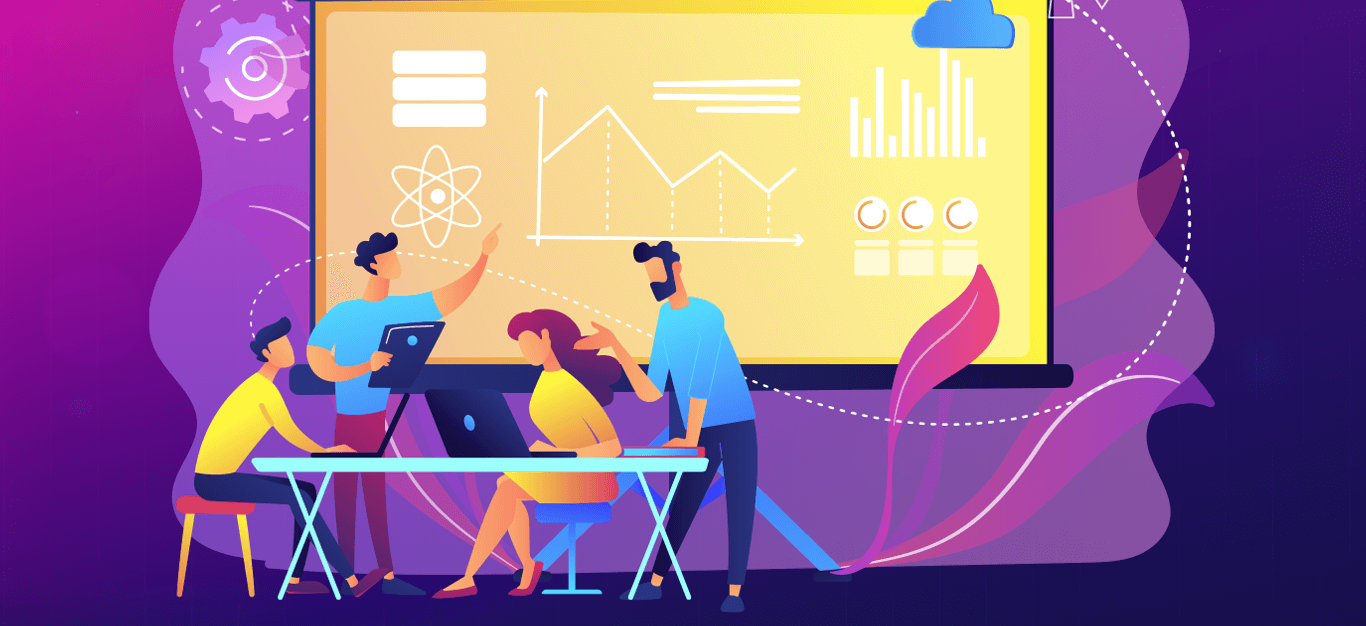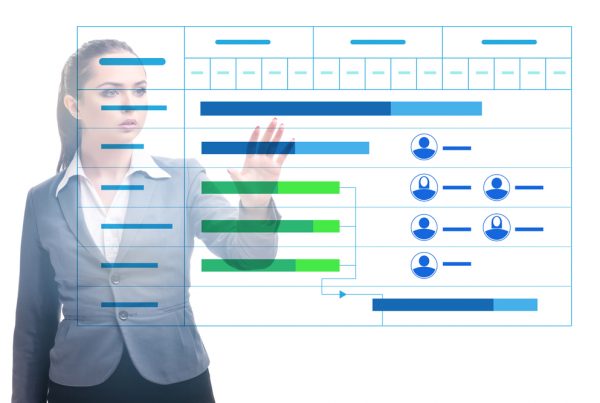We have always felt the need to tell: from Greek myths to the Bible, up to today’s television programs, stories have shaped all human experience. We tell them not only to understand the reality, but above all to change it: in fact, it would make no sense to study what happened to us in the past if we were not then interested in acting, to improve the future.
Over time, the elements that characterize the narrative, such as the use of images and words, have not varied; however, we have developed more effective tools and means, which have modified the style and impact that stories have on reality itself.
But is it possible to use data to tell stories? Data photographs facts, stories explain the causes. Combining them can achieve great results, identifying what actions to take to act on reality.
And that’s where Data Storytelling comes in.
Let’s see together what it is and why your organization should invest in it.
What is Data Storytelling?
Data Storytelling is the ability to tell through data a story tailored to a specific audience.
In concrete terms, it consists in collecting huge amounts of heterogeneous data, analyzing them, extrapolating relationships between them, identifying significant patterns and, through Data Visualization, tell them so as to highlight the information needed to guide the decision-making process and to bring out completely new ideas.
Improving the understanding of data and analysis, going beyond a simple graphical presentation, makes more comprehensible, as well as accessible, information: this is a fundamental aspect, if we want to get value from the data.
At the base of the Data Storytelling we find 3 main elements:
1. Data analysis: We start with data collection and subsequent cleaning, analysis, search for significant patterns and their interpretation. In addition to the right tools, experts such as Data Analyst and Data Scientist are needed for this operation.
2. Definition of the target: thanks to the Data Storytelling, it is possible to potentially address to all areas of the company that need to deepen their situation and is not limited only to the Business Intelligence services of large companies. It is therefore essential to understand who the final stakeholder is, so that we can focus on the most effective KPIs to guide operational and strategic decisions.
3. Contextualized Data Visualization: the aim is to make easily understandable the information analyzed through graphs and visualizations, interweaving data, eliminating superfluous ones and getting to highlight the most effective ones to the context.
As we have seen, through the use of images and graphs, it is possible to increase the level of understanding of information. However, it is not enough to know how to use tools such as Tableau, Power BI and Qlik: you must be able to provide a unique and linear meaning, and focus on simplicity to convey clear messages.
And why should I do all this in my company?” – to make better decisions.
All the work of which I have spoken above, has like scope the concretization of actions data-driven: to identify spendable information and operating indications on the actions to undertake, so that the organization can really obtain an advantage regarding the competitors.
So why invest in Data Storytelling?
Organizations need something solid and concrete, and not feelings, on which to base their operational and strategic decisions: statistics and analysis are an excellent support… Provided, however, to know how to interpret them correctly and provide them with a sense.
Here is the function of Data Storytelling: make data and analysis talk.
It is not a matter of representing an analysis in the most correct way, but of guiding our interlocutor through a path, in order to support him in a data-driven decision-making process, based on real and updated data.
It’s not easy, of course.
Every day companies collect a multitude of data from disparate sources, but if we do not know how to exploit them properly, we risk only an information overload.
You, your organization, your team, need not only data, but give them a sense, a purpose, a utility that Data Storytelling can give.
Every “talking” information generates knowledge and awareness and the latter, in turn, generate the power to move strategically.
Organisations that decide to invest in this area achieve measurable improvements that last over time, as they will be able to:
• Simplifying the decision-making process, with organised and talking data
• Transforming data into actions, through unique interpretation, identifying trends and viable business strategies
• Optimise the time and productivity of your teams, dedicating them exclusively to value-added tasks, through clear and interactive analyses
• Bringing clarity and transparency to customers and employees.
Let’s get down to the concrete
Shall we get down to it? Taking as an example the transversal topics that we increasingly hear conveyed through the media, we have created “stories”.
Covid and Sentiment Analysis on Twitter
We chose this topic during the first wave of the pandemic: we were inundated with information, reactions, we found ourselves in a completely new situation. But how did social media influence (and still influence) people’s reactions? Is their use negative or positive? What are the most commonly used terms and where? Discover this and more by reading our in-depth dedicated, a journey that starts from social networks and arrives directly to people, to all of us. Click here to learn more
Deforestation
A subject that is always hot, that pushes us to reflect and make us aware of what is happening around us regarding the situation of forests. Essential to life, they are in constant danger. But how much? Where? Why? Find out more by reading here.
Conclusions
Investing in Data Storytelling means choosing for your organization an analytical approach based on real and up-to-date data, and a measurable methodology. It is a tool that allows you to grow your business, because it allows you to evolve through continuous improvement.
As I said above, dealing with Data Storytelling does not only mean being able to create correct graphics, but rather to know how to convey the correct message through a set of images easily understandable by the interlocutor, contextualized to the specific analysis and business reality. Transmitting information incorrectly is indeed a risk, leading to misunderstandings and therefore to wrong choices.
Thanks to my experience, I feel to say and conclude that choose a suitable Data Visualization tool and use it to create effective Storytelling, is essential for a modern company that wants to find simple and precise answers to complex questions and thus obtain a concrete advantage on the market.
Learn how we have helped our customers create value for their business and processes through data by reading our case studies.
If you want to know more about the topic, stay tuned to our Insights section or on our Linkedin page.





